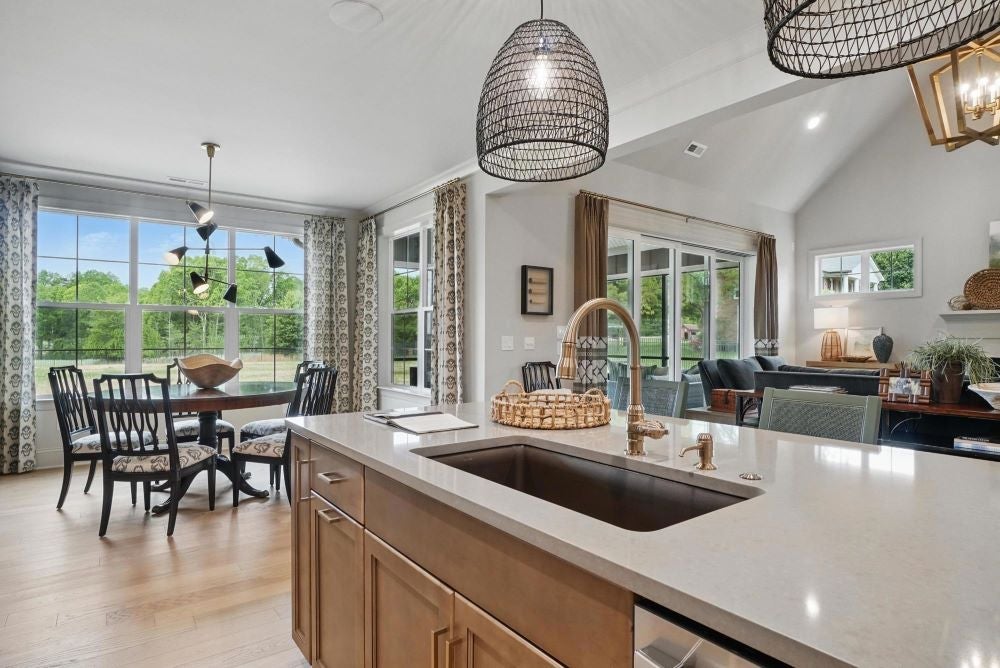Dec 18, 2025
From the Sky, A Look at Our Niblock Communities
✈️ Community Overviews from the SkyWe love a good aerial view of our communities! There’s something special about seeing each …

Browse our Blog for articles on fun in the area and homeowner tips to featured home designs. Don’t be surprised by the occasional dog or baby image, we can’t leave them out, it’s their house too!
Dec 18, 2025
Dec 12, 2025
Dec 8, 2025
Dec 4, 2025
Dec 1, 2025
Nov 17, 2025